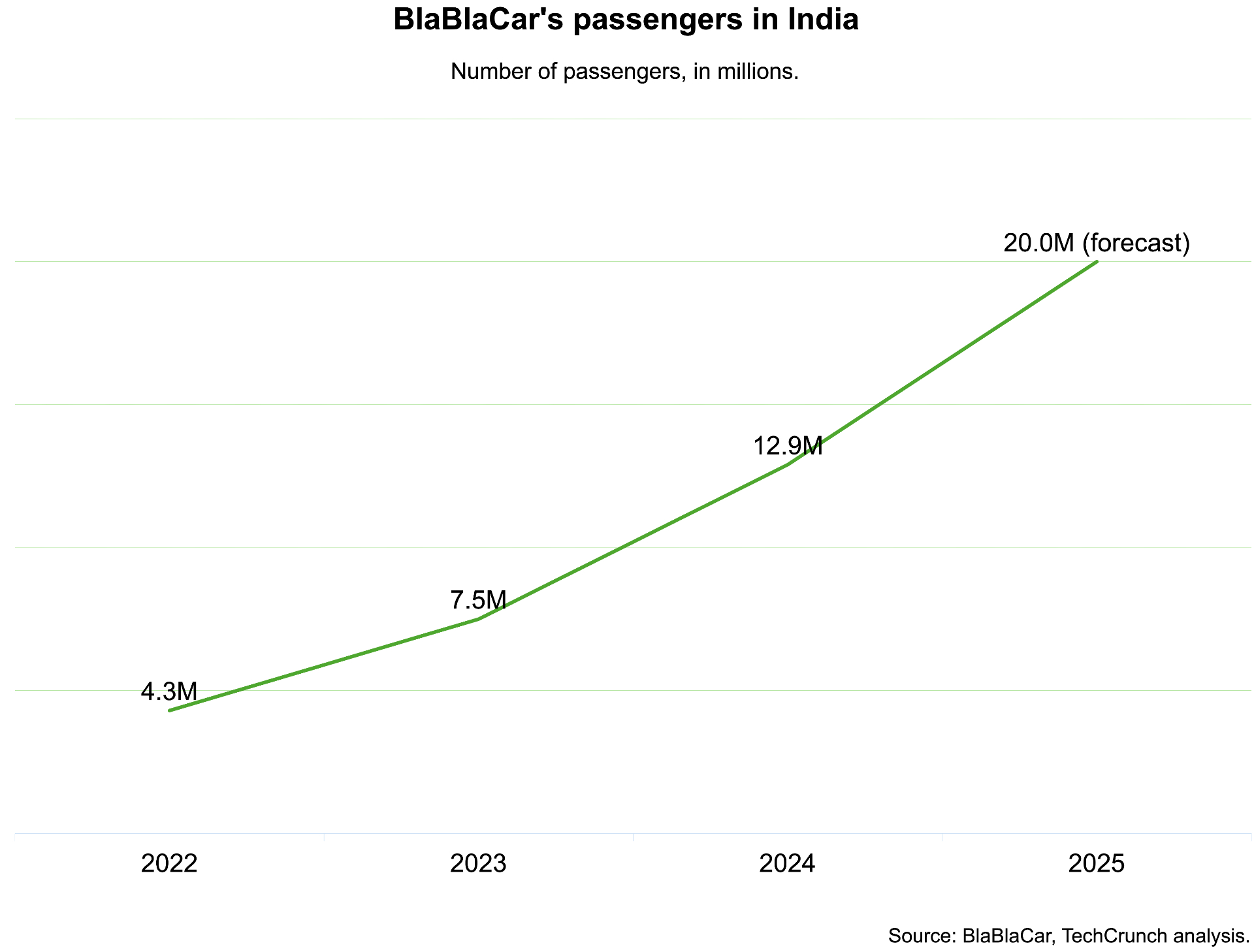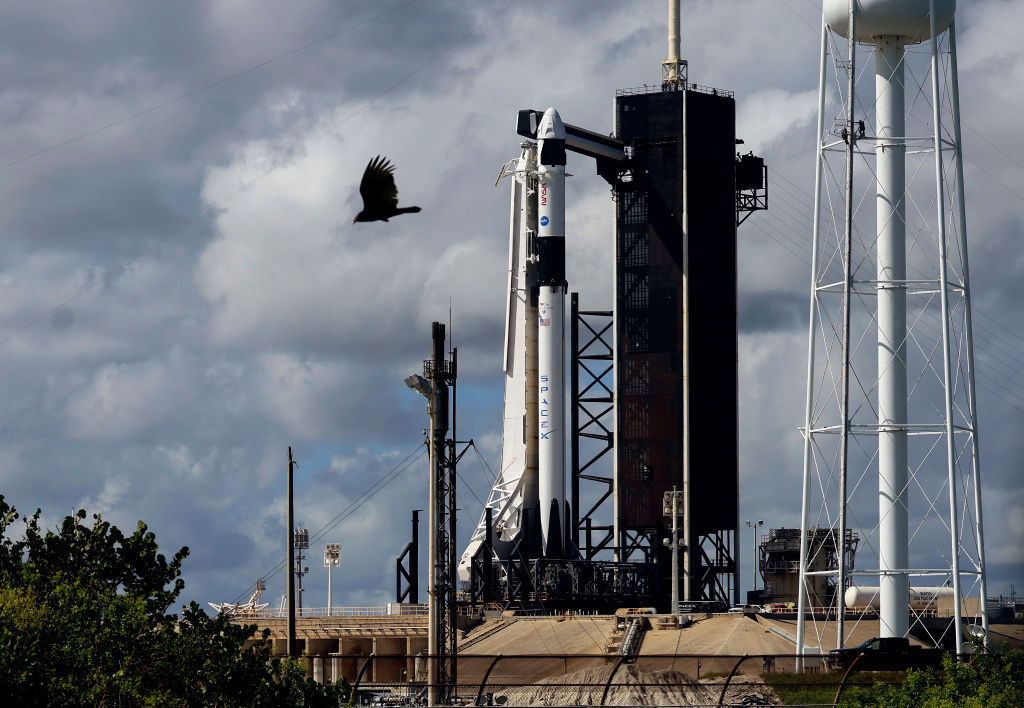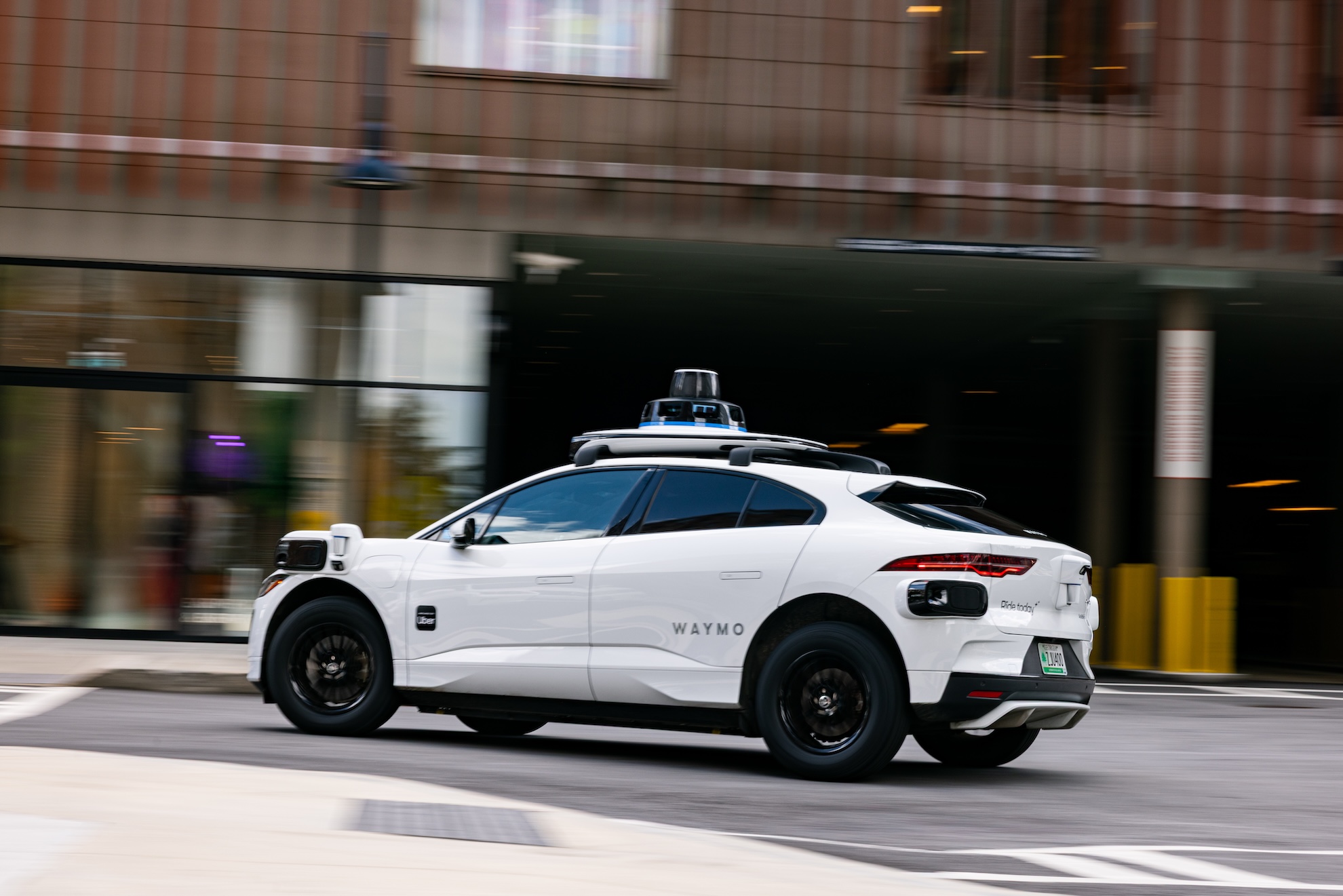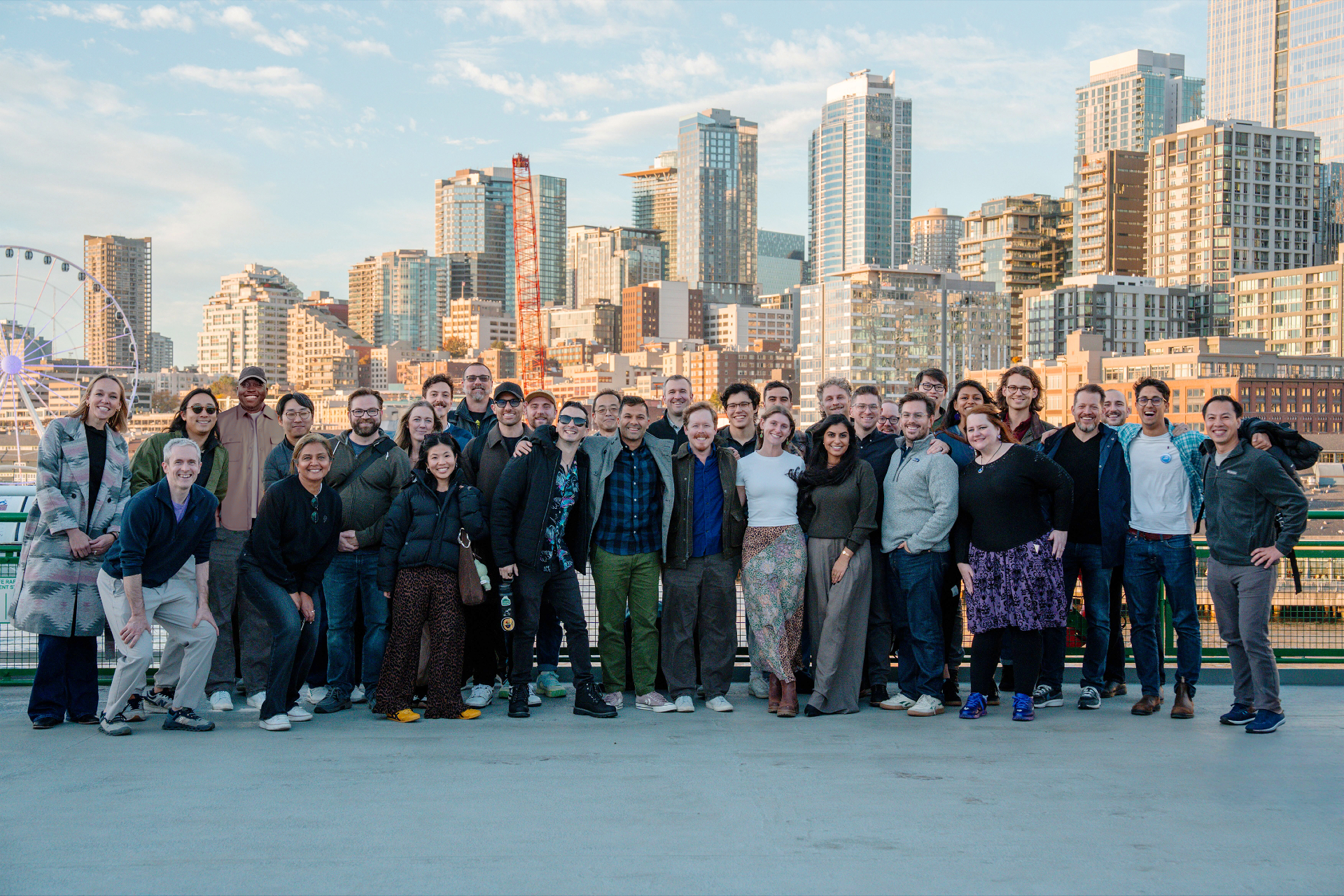
The European carpooling giant, BlaBlaCar, has achieved an extraordinary turnaround in India, a market it once abandoned. After years of struggling to establish a foothold and eventually closing its local operations, the nation has now emerged as the company’s largest market worldwide. This unexpected resurgence, largely propelled by organic growth and India’s rapid digital transformation, highlights a unique blend of technological adoption, economic shifts, and evolving consumer preferences.
The Unforeseen Ascendancy
For millions of Indians, including individuals like 21-year-old student Lavanya Jain, long-distance carpooling has become an indispensable mode of intercity travel. Jain’s frequent 120-kilometer journey from Noida, near New Delhi, to his hometown in Kandhla, Uttar Pradesh, costs him approximately ₹500, a significant saving compared to the ₹1,500 to ₹2,000 typically charged by private taxis for the same route. He describes the service as a fast, efficient, affordable, and comfortable option for travel, particularly appealing to those who enjoy social interaction during their journeys. Having utilized the app dozens of times over the past two years, Jain embodies the growing demographic embracing this alternative.
This surging adoption has propelled India to the forefront of BlaBlaCar’s global operations. Projections indicate that the country will record an estimated 20 million passengers this year, marking a nearly 50% increase from the previous year. This impressive figure is set to surpass the anticipated 18 million passengers in Brazil and even exceed the numbers in BlaBlaCar’s home market of France, signaling a fundamental shift in its global footprint. The company’s co-founder and chief executive, Nicolas Brusson, has noted that BlaBlaCar’s "center of gravity has shifted away from our initial markets in Western Europe toward places like Japan, Turkey — and increasingly, India."
A Phoenix from the Ashes: Historical Context
BlaBlaCar’s current triumph in India is particularly remarkable given its earlier struggles. The company first ventured into the Indian market in early 2015, establishing a local office in New Delhi with ambitions to tap into the country’s vast population and burgeoning middle class. However, its entry coincided with an intensely competitive period in India’s nascent ride-hailing sector. Local behemoth Ola and international giant Uber were aggressively expanding their services, heavily marketing their offerings, and even experimenting with carpooling features themselves. The market was characterized by fierce price wars, heavy subsidies, and a scramble for market share, creating a challenging environment for a new entrant focused solely on long-distance carpooling.
Facing an uphill battle to gain significant traction amidst these formidable rivals and perhaps underestimating the unique nuances of the Indian consumer landscape, BlaBlaCar made the strategic decision to withdraw its local team in 2017. While the physical office closed and direct operational support ceased, the application itself remained live. This period of quiet presence proved to be an unexpected incubation phase. Beginning in 2022, and with no active marketing or dedicated local team, usage of the BlaBlaCar app in India began to surge organically. From 4.3 million users in 2022, the platform’s user base is now projected to hit 20 million this year, illustrating a profound, unheralded comeback.
Catalysts for the Comeback: India’s Digital Leap
The dramatic resurgence of BlaBlaCar in India can be attributed to several interconnected, powerful macro-trends that have reshaped the nation’s digital and economic landscape. Foremost among these is India’s explosive growth in mobile internet penetration and smartphone adoption. With over 700 million smartphone users, a number that continues to climb, the digital ecosystem has become deeply embedded in daily life, even in smaller towns and rural areas. This widespread access to affordable data and devices provides the essential infrastructure for app-based services to flourish.
Hand-in-hand with smartphone proliferation is the revolution in digital payments, particularly the government-backed Unified Payments Interface (UPI). This real-time payment system has fundamentally transformed how Indians conduct financial transactions, making digital payments ubiquitous and incredibly convenient. UPI now accounts for an astonishing 99% of all transactions in the country, processing billions of transfers worth hundreds of billions of dollars monthly. The ease and security of digital transactions have significantly lowered the barrier to entry for services like BlaBlaCar, allowing seamless peer-to-peer payments for rides without the complexities of cash exchanges.
Furthermore, India has witnessed a consistent rise in personal car ownership among its expanding middle class. In 2024, car sales reached an all-time high of 4.73 million vehicles, reflecting increased disposable incomes and aspirations for personal mobility. However, this growth in car ownership often outpaces the availability of efficient, affordable, and widespread public transport options, especially for intercity travel beyond major metropolitan hubs. While trains and buses serve as vital lifelines for many, they often suffer from capacity constraints, inflexible routes, or longer travel times. This creates a significant gap in the market for convenient, semi-private, and reasonably priced intercity transportation that BlaBlaCar is uniquely positioned to fill.
Lastly, the continuous investment in road infrastructure, including national highways and expressways, has dramatically improved connectivity across the country. Better roads reduce travel times and enhance comfort, making longer car journeys more appealing and practical. This infrastructure development directly benefits carpooling services by enabling more efficient routes and expanding the network of accessible destinations, linking smaller towns and rural areas to urban centers more effectively.
The Socio-Economic Tapestry of Carpooling
BlaBlaCar’s success in India is not merely a story of technological adoption but also one deeply intertwined with socio-economic factors and cultural nuances. The platform offers a compelling value proposition: affordability for passengers and supplementary income for drivers. The average cost of a carpool seat in India, at around ₹390 (approximately $4) for an average trip distance of 180 kilometers, makes it an attractive alternative to other modes of transport, especially for students, young professionals, and budget-conscious travelers. This cost-effectiveness is crucial in a market where value for money is a primary driver for consumer decisions.
For drivers, the opportunity to offset fuel costs and vehicle maintenance expenses by sharing empty seats is a powerful incentive. While average earnings per seat are lower in India compared to France or Brazil, reflecting differences in purchasing power and cost-sharing expectations, the aggregate earnings, which reached around ₹713 million (about $8 million) in August alone, demonstrate a significant economic impact for the driver community.
The demographic profile of BlaBlaCar users in India further illuminates its social impact. Nearly 70% of its users are between 18 and 34 years old, a demographic highly proficient in digital tools and often seeking flexible, social travel options. The platform fosters a sense of community, with the "BlaBla" aspect encouraging interaction among co-travelers, transforming what could be a mundane journey into a more engaging experience. This social dimension resonates in a culture that often values collective experiences.
Moreover, the service addresses a critical need for connectivity beyond the primary urban corridors. While half of all rides occur along India’s 15 busiest intercity routes, the other half originates from outside the top 150 corridors. This demonstrates BlaBlaCar’s ability to serve a broader geographical spectrum, connecting mid-sized urban centers and even more remote areas, thereby enhancing mobility for populations traditionally underserved by formal transport networks. Routes like Pune-Thane, Pune-Nashik, and Bengaluru-Chittoor exemplify these crucial connections.
Strategic Growth: Prioritizing Penetration Over Profit
Despite its burgeoning user base and impressive growth metrics, BlaBlaCar has adopted a deliberate strategy of deferring monetization in India. Co-founder Nicolas Brusson states that the company is "in no hurry to start introducing a fee or generating revenue in India," choosing instead to focus on maximizing usage and market penetration. This approach is informed by BlaBlaCar’s experience in other markets, where establishing a strong user base and network effect precedes the introduction of revenue-generating models. The company plans to re-establish a local office in India and make its first local hire by the end of this year or early next, signaling a renewed, albeit cautious, commitment to the market.
BlaBlaCar differentiates itself from ride-hailing platforms like Uber and Ola by characterizing them as "demand-led" products, where drivers respond to passenger requests. In contrast, BlaBlaCar operates as a "supply-led" model, where drivers planning a trip offer available seats, and passengers seek rides that align with those pre-existing routes. This distinction positions its primary competition not as other app-based services, but as personal car travel, trains, and buses – the traditional alternatives for intercity journeys.
Navigating the Road Ahead: Challenges and Innovations
While its trajectory in India is upward, BlaBlaCar still faces several operational and regulatory challenges. The legal framework surrounding carpooling services in India remains somewhat ambiguous at the state level, leading to potential scrutiny in certain regions. This regulatory uncertainty can create operational hurdles and requires careful navigation.
Customer support is another area where users have voiced concerns, with some reporting difficulties in reaching human agents and often receiving automated responses. BlaBlaCar employs a "blended model," utilizing an outsourced local team for routine queries and a smaller, more specialized team at its Paris headquarters for complex issues. As the user base expands, scaling effective and empathetic customer support will be crucial for maintaining user trust and satisfaction.
The platform’s trust and safety features, particularly its ID Check system, also present a nuanced picture. While BlaBlaCar introduced ID verification using government-issued documents in India (a feature later rolled out globally), it is not a mandatory prerequisite for booking or publishing a ride. The company explains this as a deliberate design choice to ease new users onto the platform, emphasizing that ID verification is one component within a broader, layered trust and safety framework that includes user reviews, ratings, and phone/email verification. The fact that over 70% of trips in India involve drivers with verified government IDs suggests a healthy level of compliance and trust within the community, even without universal mandatory checks.
User frustrations also stem from issues like last-minute trip cancellations by drivers or passengers, which can be particularly disruptive. The absence of a live location-sharing feature, as noted by users like Lavanya Jain, also limits the app’s utility for those coordinating travel for others.
In response to India’s unique infrastructure and travel habits, BlaBlaCar has implemented localized product adaptations. Recognizing the lack of designated carpooling zones prevalent in some Western markets, the app now incorporates "meeting-point logic." This feature utilizes a combination of machine learning and user input to suggest convenient, flexible pickup locations along routes, such as petrol stations or highway exits. This intelligent adaptation reduces detours and better aligns with on-the-ground realities, significantly improving the user experience in India.
Global Ambitions, Indian Momentum
As BlaBlaCar aims to reach approximately 150 million passengers globally this year, encompassing its carpooling and bus services (though bus services are not yet available in India), the unexpected and organic rise of India as its largest market underscores the immense potential of emerging economies for digital platforms. India’s journey from a challenging market to a global leader for BlaBlaCar serves as a compelling case study in resilience, adaptation, and the transformative power of a nation’s digital evolution. The momentum generated in India is poised to be a pivotal force in the company’s next phase of global growth and expansion.





